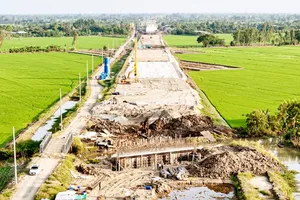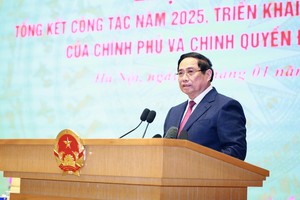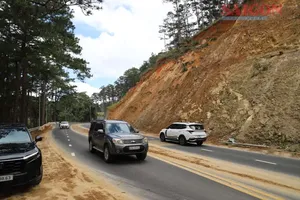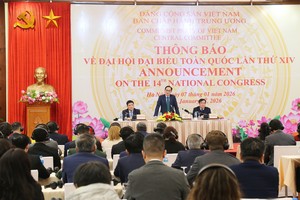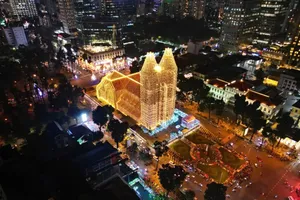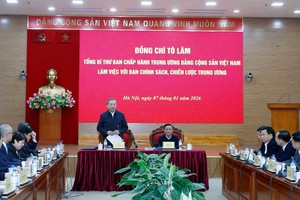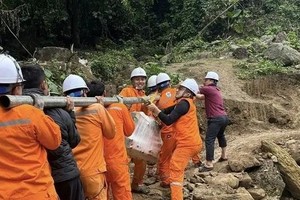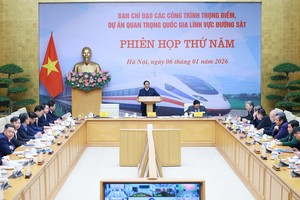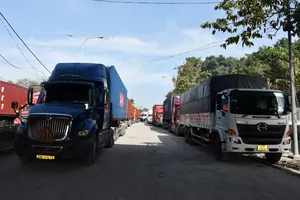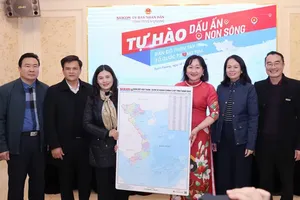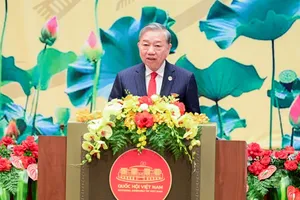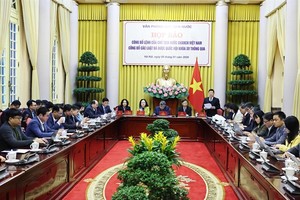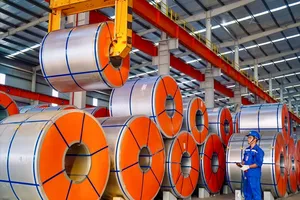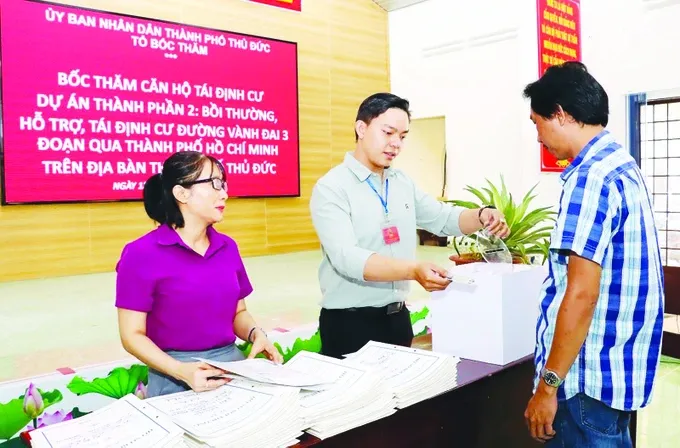
Following the National Assembly's approval of the Long Thanh International Airport investment project in 2015 (Resolution No. 94/2015/QH13, issued on June 25, 2015), Dong Nai Province proactively initiated the planning and construction of two resettlement areas, namely Loc An-Binh Son and Binh Son, to accommodate affected residents.
To build the Long Thanh International Airport, Dong Nai Province has to retrieve land of 7,200 households, 4,300 of whom have their plots totally cleared. These families are relocated to Loc An-Binh Son Resettlement Area on a surface area of over 280ha (having a total investment of VND19 trillion or US$748.8 million), fully equipped with public facilities like schools, markets, community space.
Until June 2024, functional agencies in Long Thanh District of this province greenlighted resettlement plans for 4,246 households. Along with that are several policies to help affected people stabilize their life in their new location such as school fee exemption.
Being one of the first families moving to Loc An-Binh Son Resettlement Area, Phan Ba Tuynh shared that his 300m2 of accommodation as well as 1ha of agricultural land have been totally retrieved, and he received the compensation of VND6 billion ($236,000) together with a plot of 125m2 to construct a new house. While expressing gratitude for the resettlement support, Mr. Tuynh emphasized the need for job training and livelihood assistance for residents transitioning to new environments.
Another worrying story comes from Pham Van Toan, who sited in Suoi Trau Commune from 1982. He also received compensation and land allocation in the above resettlement area. Nevertheless, he still owns 1.2 hectares of land that has not yet been compensated or allocated a plot in the resettlement area. He urged authorities to expedite the process to address his family's financial needs.
Deputy Director Nguyen Long Chau of Long Thanh District Land Fund Development Center shared that according to Decree 43, cases of informal land transfer contracts after July 1, 2014 due to plot separation will only receive financial support for assets on the land but are not granted resettlement plots. Based on reality, however, there are many cases of housing difficulties that have been considered for land allocation with payment through land price appraisal.
Such a huge construction project like the Long Thanh International Airport one should have land clearance and resettlement tasks prioritized in order to gain public acceptance and willingness to hand over land as soon as possible.
Another critical traffic project is HCMC Ring Road 3. To serve land clearance tasks, Thu Duc City (HCMC) has allocated land to build Apartment Building C8 (180 flats) in Hiep Phu Ward for resettlement purposes. At present, functional agencies are accelerating the progress for certificate issuance and support people to change their residence.
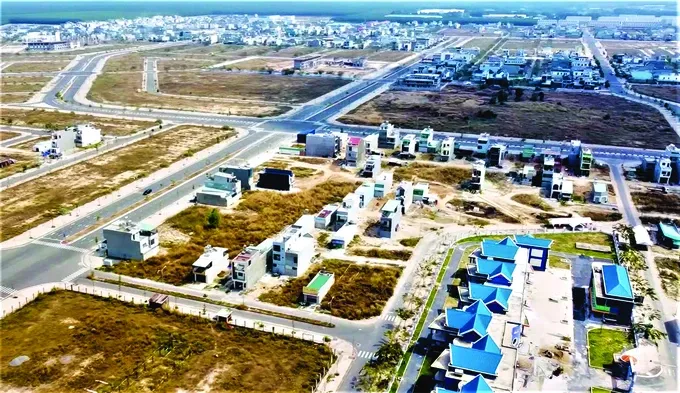
Bien Hoa - Vung Tau Expressway (phase 1) covers a total length of approximately 54km, over 34km of which pass through Dong Nai Province. The project requires the acquisition of nearly 290 hectares of land, impacting over 3,400 households, over 2,400 of whom require resettlement.
However, the land clearance task in Dong Nai Province is not as expected. In Tam Phuoc Ward of Bien Hoa city, the process of land verification and compensation is underway, with initial resettlement arrangements made for 11 households.
However, Phuoc Tan Ward has emerged as a bottleneck due to over 600 illegally constructed houses on agricultural land, making it challenging for functional agencies to verify land origin and owners before deciding a suitable compensation price and corresponding resettlement plan.
A similar case can be found in Long Thanh District. 2,000 out of 2,668 affected households have been relocated to the 34-hetare resettlement area in Long Phuoc Commune or the 30-hectare one in Long Duc Commune. The latter has its public facilities basically operated while the former is still in the land clearance step.
Another two resettlement areas, namely Phuoc Tan and Tam Phuoc, are still at the phase of completing necessary documents, severely affecting the overall land clearance progress of the expressway project.
To address these delays, Bien Hoa City has received 150 land plots in Binh Minh Resettlement Area for affected families. Additionally, the Dong Nai Province People's Committee has allocated 121 hectares from the Dong Dai Mountain Residential Area project to develop a resettlement area for Phuoc Tan Ward dwellers. Furthermore, the provincial authorities plan to allocate additional land in Long Duc Resettlement Area for Tam Phuoc Ward residents.
Secretary Nguyen Hong Linh of the Dong Nai Province Party Committee urged all involved parties to work diligently. He emphasized the need for well-planned resettlement areas with comprehensive infrastructure, employment opportunities, and housing support. He also called for strict monitoring to ensure fair and timely compensation and resettlement procedures, addressing public concerns to foster social consensus.
Phase 3 of the project going through Ba Ria-Vung Tau Province is having its progress accelerated to complete in June 2025. The good news is the land clearance task for the construction of this section is happening quite smoothly thanks to sensible resettlement steps.
Chairman Nguyen Van Tham of the People’s Committee of Phu My Town (Ba Ria-Vung Tau Province) shared that his town has planned resettlement areas for this influential project beforehand, leading to nearly no disagreements among affected people.
Vice Chairman Nguyen Cong Vinh of the People's Committee of Ba Ria - Vung Tau Province emphasized the importance of thorough planning and coordination in resettlement efforts. He highlighted the need to carefully assess land needs, identify resettlement options, and ensure timely compensation and relocation procedures.
More significantly, precise estimation of compensation prices close to market ones, resettlement plot preparation, and effective addressing of co-owned land have greatly contributed to the success of this crucial step.

